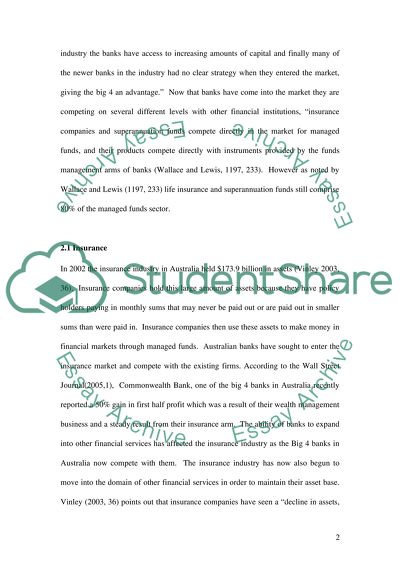Cite this document
(“Australian Financial Institutions and Markets Essay”, n.d.)
Australian Financial Institutions and Markets Essay. Retrieved from https://studentshare.org/miscellaneous/1504677-australian-financial-institutions-and-markets
Australian Financial Institutions and Markets Essay. Retrieved from https://studentshare.org/miscellaneous/1504677-australian-financial-institutions-and-markets
(Australian Financial Institutions and Markets Essay)
Australian Financial Institutions and Markets Essay. https://studentshare.org/miscellaneous/1504677-australian-financial-institutions-and-markets.
Australian Financial Institutions and Markets Essay. https://studentshare.org/miscellaneous/1504677-australian-financial-institutions-and-markets.
“Australian Financial Institutions and Markets Essay”, n.d. https://studentshare.org/miscellaneous/1504677-australian-financial-institutions-and-markets.


